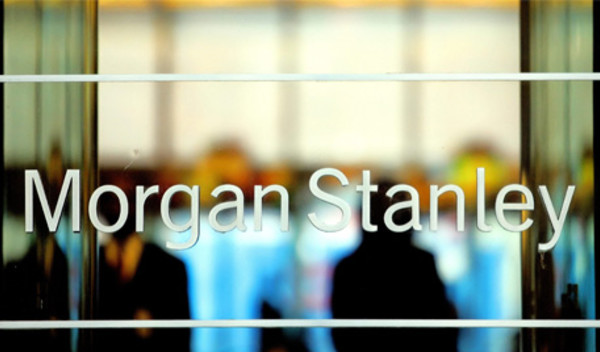

Morgan Stanley has unveiled a new fund seeking to complement its existing US range.
The US Active Factor Equity fund is the first time the Applied Equity Advisors (AEA) investment team’s strategies have been made available in Sicav format for European investors.
Taking an actively managed approach, the fund aims to deliver alpha by outperforming its benchmark. Both top-down and bottom-up approaches will be combined, together with factor modelling, while maintaining a high active share.
The investment team will look to capture 70 per cent of market returns by utilising factor-based investing, with the remaining 30 per cent through dynamic stock selection overlay to drive high active share investing.
The equity fund will allocate 100 per cent of investment in the US, but it has the discretion to invest up to 20 per cent in non-US securities. Chicago-based Andrew Slimmon and Philip Kim will lead the team, which manages $5.1bn (£3.9bn) in assets as at 31 March 2016.
At time of print, the fund is currently registered in Luxembourg and, although not yet widely available for sale, registration in other European markets is pending.
A maximum entry charge of 5.75 per cent has been applied and ongoing charges are estimated at 1.4 per cent pa.
MM Comment:
The US appears to be a real area of focus at the moment, and this fund shows that Morgan Stanley is looking to capitalise on this.
Finding the balance between risky opportunities and solid large-caps is the angle of attack here, which should cast the net out pretty far and wide in terms of attracting a number of suitors.
Ongoing costs are leaning towards the higher end of the scale, which will present value if the performance matches the manager’s own expectations.
With European stock markets still volatile after the EU referendum, and sterling continuing to plummet against the dollar, US markets may provide the additional confidence that long-term investors crave.




